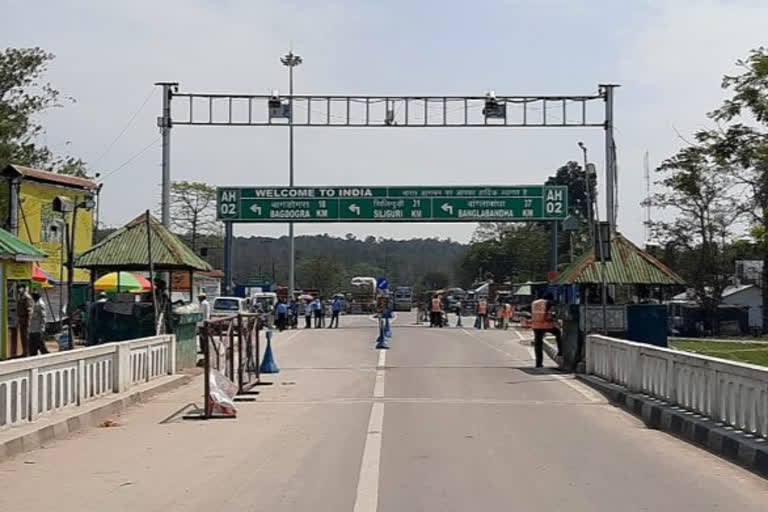New Delhi: A new dimension to the complex border dispute between India and Nepal has been added with Nepal’s parliament approving a new map for the country, including land India claims which includes Limpiyadhura, Kalapani and Lipulekh.
Speaking to ETV Bharat, Salman Haider, former foreign secretary of India said, “I don't see how Nepal’s relationship with India can be allowed to decline and deteriorate as it is a very important relationship. Every effort should be made to keep it intact because the relationship dates back to history and it is very important for both the countries.”
“I would hope to see a repair of ties. Things go wrong but repair work must be done in a systematic and orderly way. I have served in Nepal and I know that there is a lot of desire to have a good relationship and the only way out is a dialogue, that's how problems are resolved.”
Amid the border tension between the two countries, what sparked a controversy was the visit of the chief of the Nepalese army to Darchula, near the Indian border in Sudoorpaschim province, nearest to the Kalapani region.
The Army chief’s visit would underline the determination of the KP Sharma Oli-led government in Nepal to stake its territorial claim over the Kalapani region.
”By sending the Army chief, Nepal is trying to speak out its nationalistic sentiment which is emerging all over the country.The visit of the army chief to the territory which Nepal claims as its own, is to lift the morale of the people because they have been fed by the rumours that India has occupied the territory of Nepal. I will not necessarily say that Nepal is trying to escalate a conflict with India,” said Prof Rajan Kumar, School of International Studies, JNU.
The dispute about the areas especially over Kalapani region is not new and it has cropped up now and then since the 1960s.
At present, Kalapani, a 327 sq km area, is controlled by the ITBP which has had a post there since 1962.The entire India-Nepal border is 1,758 km long.
India claims Kalapani to be part of Uttarakhand’s Pithoragarh district while Nepal says it is part of its Darchula district. The Kalapani Valley falls along the Indian route to Kailash-Mansarovar, an ancient pilgrimage site in Tibet.
Nepal claims the river to Kalapani’s west in the main Kali and thus the country has territorial rights to the region. India holds that a ridgeline to Kalapani’s east is the border, and therefore claims Kalapani to be in India.
“The 2015 Nepal blockade that choked imports of not only petroleum but also medicines and earthquake relief from India, created a major shift in Nepal’s policy towards India. That was a turning point for India-Nepal relationship,” Kumar added.
The latest border dispute between the countries began over India’s inauguration of a 80-km-long road that cuts through the Lipulekh Himalayan pass lies at a strategic three-way junction between Tibet, India and Nepal.
“Nepal’s claim is not historically justifiable and it has not raised this issue for a very long time. Whenever trade agreements between India and China took place in the 1950s, in all those agreements, Lipulekh was part of the trading route between India and China. Nepal never objected to it then.”
“But now, nationalist sentiment has become very strong in Nepal. China is supporting Nepal and the relationship has grown strong between the countries. The only way out for India to settle a dispute is through strong diplomatic talks, as India has not been careful enough. India needs to be very sensitive,” he pointed out.
“India should not allow Nepal to drift towards China because that would be much more problematic for us in the future and if China has a foothold in Nepal, Nepal will stop working as a buffer country. Till now the policies have been favourable to India but India is losing that advantage gradually. I am sure through some subtle and pragmatic diplomacy; India can manage the border issue with Nepal,” Kumar pointed out.
Also read: China elevated India from rival to enemy, says Defence expert Vikram Jit Singh



